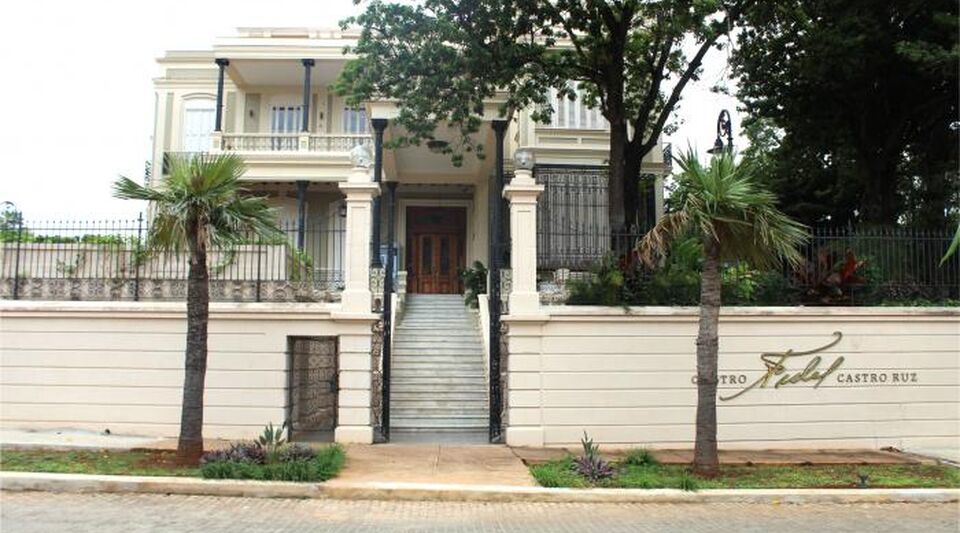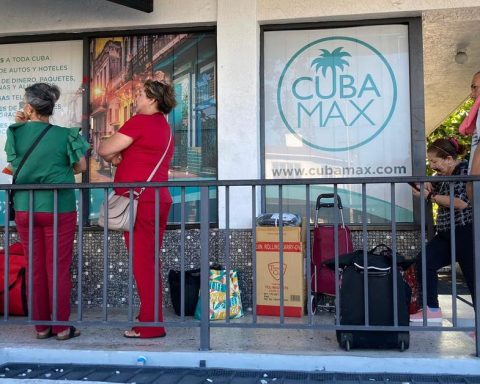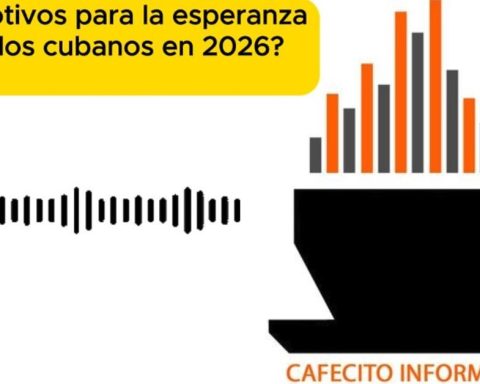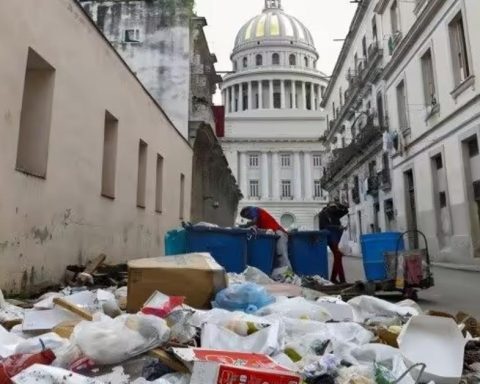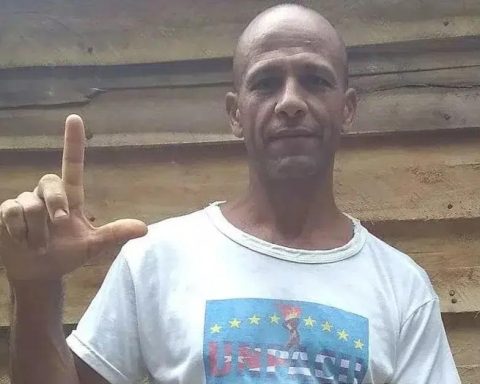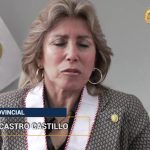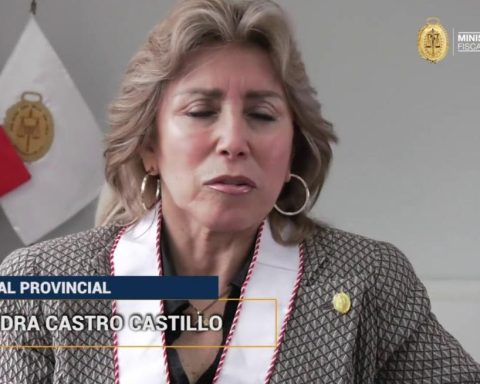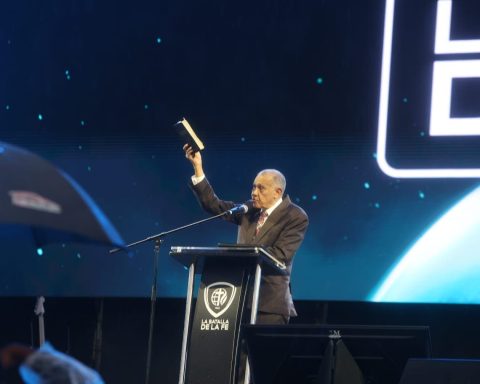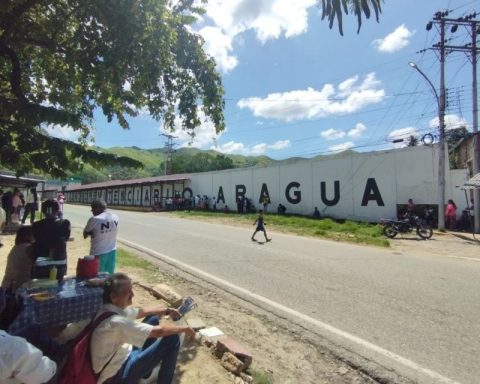Little to celebrate on the first birthday of the Fidel Castro Ruz Center. The museum, inaugurated on November 25, 2021 and located at the corner of Paseo avenue and 11th street, in El Vedado, Havana, has received some 77,000 visitors from 140 countries in the 365 days it has been open, according to its own Web.
The official press, however, does not agree with the numbers. In a report published in Escambray Last Friday it was specified that 2,646 foreign visitors from more than 70 countries arrived. And to complete the confusion, Prensa Latina put in the mouth of its director, René González, that “more than 80,000 people” have visited the place.
Even in the most optimistic case, that of 80,000 people, it seems evident that the museum has not managed to arouse great attention, neither among tourists nor among Cubans. The scarce transparency of the data in Cuba prevents adequately contrasting the figures, but if the Mausoleum of Che Guevara, located in Santa Clara, is taken as a reference, the guerrilla has managed to humiliate his commander.
Even in the most optimistic case, that of 80,000 people, it seems evident that the museum has not managed to arouse great attention, neither among tourists nor among Cubans.
In the first 20 years of this center, in which the Government claims they are buried the remains of Ernesto Guevara, five million people visited the place, according to official information. The state press reported in 2018, when two decades had passed since the inauguration of the sculptural complex dedicated to the Argentine, the figures that would mean an average of 684 visits per day. In 2016, a period in which the Island received four million tourists, the Villa Clara monument offered the annual number of visitors, located at 374,900, which would correspond to some 1,024 daily.
If the best data on visits offered by the authorities regarding the Fidel Castro Ruz Center, of 80,000 people, is taken, the Castro temple would have received some 219 onlookers daily, including, predictably, the students who visit it as part of their program studies.
The data pales in comparison to that of people who came, according to official sources, to visit the place where his remains are, in the Santa Ifigenia cemetery in Santiago de Cuba. In the first two months since the mausoleum where the former president’s ashes were deposited was opened, some 150,000 people –including Cubans and foreign tourists– came to the place, he revealed. Granmaan average of 2,500 a day.
Although the year 2022 has been catastrophic from the point of view of tourism, with barely 1,198,402 foreign visitors until the end of October, the number of curious people who have come to see the Castro “cathedral”, as the museum was called Escambray a few days ago, it is striking because of the insignificance of the data, especially if one takes into account that the Center is in the capital and its admission is free. In addition, the fascination that the leader of the Revolution exerts on a large part of the world population did not make it possible to foresee such a low level of visitors.
In the first two months since the mausoleum where the former president’s ashes were deposited was opened, some 150,000 people came to the site, an average of 2,500 a day.
The museum is located in a mansion from the last decade of the 19th century that belonged to a captain in the 1895 war. It is surrounded by a large garden in which there are more than 11,000 plants brought from all over the country and other nations that were important for Castro, such as Venezuela or Argentina. Its interior houses a huge museum dedicated to “knowing Fidel from when he was a child until his physical loss,” according to what he indicated. the guide on a visit that 14ymedio made to know the place from inside.
Its walls house everything from objects and images of Castro during the Revolution to interactive spaces where you can see and listen to texts and long speeches by its leader or the tributes paid to him by some like-minded personalities.
But the big mystery is how much the museum cost and who its donors were. At its inauguration before the international press, the head of Documentary Heritage Preservation of the Palace of the Revolution, Alberto Albariño, refused to respond to this question, launched by the correspondents. The only thing he said on that day was that a good part of the investment was covered by “donations received from other countries”, which he did not specify either, and that for this reason it had not entailed a great expense for the State.
Later, a source from the Havana Historian’s Office assured this newspaper that part of the money was from Saudi Arabia.
Later, a source from the Havana Historian’s Office assured this newspaper that part of the money was from Saudi Arabia. “The credit was supposed to be for housing but they took a part for the Center and for the Capitol as well,” the source maintained. In 2017 the Saudi Fund for Development (SDF) granted a loan of 26.6 million dollars to Cuba for the Program for the Rehabilitation and Construction of Social Works of that Havana organization from which a consignment for the pharaonic project would have come out.
In addition, the independent newspaper Cubanet also he claimed that the businessmen of the Spanish hotel companies Iberostar and Meliá had contributed generous amounts to build the museum. An official went so far as to assure the outlet that Miguel Fluxá himself, president of Iberostar, put up five million euros in one fell swoop and offered to bring materials to the island that the embargo made it difficult to obtain. The chain put, according to this information, about 12 million euros in total, little more than Meliá (whose amount was not specified) and much more than the French Accor, which would have put another two million.
To this is added the money contributed by the Icap (Institute of Friendship with the Peoples), which could be around 15 million dollars according to Cubanet. At the moment, the return on investment is undoubtedly demoralizing.
________________________
Collaborate with our work:
The team of 14ymedio He is committed to doing serious journalism that reflects the reality of deep Cuba. Thank you for accompanying us on this long road. We invite you to continue supporting us, but this time becoming a member of our newspaper. Together we can continue transforming journalism in Cuba.
